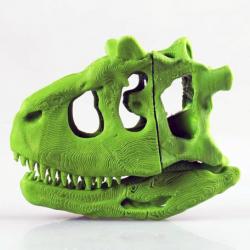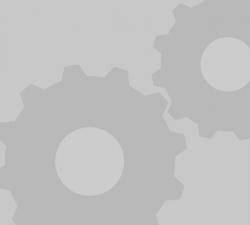 Dinosaur Skull 3D model
Dinosaur Skull 3D model Dinosaur Skull
Dinosaur Skull Dinosaur Skull
Dinosaur Skull Dinosaur Skull
Dinosaur Skull Dinosaur Skull
Dinosaur Skull Dinosaur skull
Dinosaur skullVariety of Dinosaur Skull Models
The range of dinosaur skull models available for 3D printing is extensive. Websites like Cults3D and CGTrader offer a plethora of designs, including popular choices like the Tyrannosaurus Rex, Triceratops, and less known species like the Heterodontosaurus and Dracorex. These models range from free downloads to paid designs, ensuring there is something for everyone, regardless of their budget or level of interest. You can find realistic models designed for educational purposes, or more stylized versions for decorative use.
How to 3D Print Dinosaur Skull Models
Step 1: Choosing and Downloading the Model
The first step is to select and download a 3D model. Platforms like Thingiverse and Cults3D are ideal for finding a wide range of dinosaur skull models. These platforms cater to various printing capabilities and preferences, offering both whole skull models and those divided into several parts for easier printing.
Step 2: Preparing the Model for Printing
Once downloaded, the model needs to be prepared using slicing software like Cura. This software converts the model into a format readable by 3D printers and allows for parameter adjustments.
Step 3: Printing the Model
The actual printing process requires patience, especially for more complex models. It involves printing the model piece by piece, removing any support structures, and smoothing the surfaces.
Step 4: Assembly
If the skull is printed in parts, the next step is assembly. This is akin to piecing together a puzzle and may require adhesive for a stable structure.
Step 5: Finishing Touches
For added realism, filling any gaps with putty and painting the model can give it a more fossil-like appearance. Colors like yellowish-brown and white can be used to mimic the look of bones, with darker shades for areas like the teeth.
Step 6: Display
Once completed, these skulls make for impressive display pieces, whether for educational purposes, home decor, or just as a testament to the fascinating world of dinosaurs.
Q&A
Q1: What type of 3D printer is needed for printing dinosaur skulls? Any standard 3D printer capable of printing the size of the chosen model can be used. The key is to ensure that the printer’s build volume accommodates the dimensions of the skull.
Q2: Is it expensive to 3D print a dinosaur skull? The cost depends on the size of the model, the type of material used, and whether the model is free or paid. Smaller, simpler models can be quite cost-effective, especially when using standard PLA filament.
Q3: Can these models be used for educational purposes? Absolutely! Many of these models are highly detailed and accurate, making them excellent tools for educational demonstrations in classrooms or museums.
Q4: How long does it take to print a dinosaur skull? The printing time varies based on the complexity and size of the model. It can range from a few hours for small, simple skulls to several days for larger, more detailed ones.
Q5: Do I need special skills to assemble and finish the skull? Basic assembly skills are needed, but most models come with instructions. Painting and finishing require some artistic skill, but this part of the process allows for creativity and personalization.
In summary, 3D printing dinosaur skulls is a fascinating hobby that blends the thrill of creation with a touch of prehistoric wonder. Whether for educational purposes, as a hobby, or for decoration, these models offer a unique way to connect with the ancient past. With a range of models available and the process becoming more accessible, anyone can bring a piece of the Jurassic era into their home.
